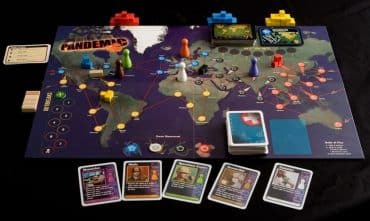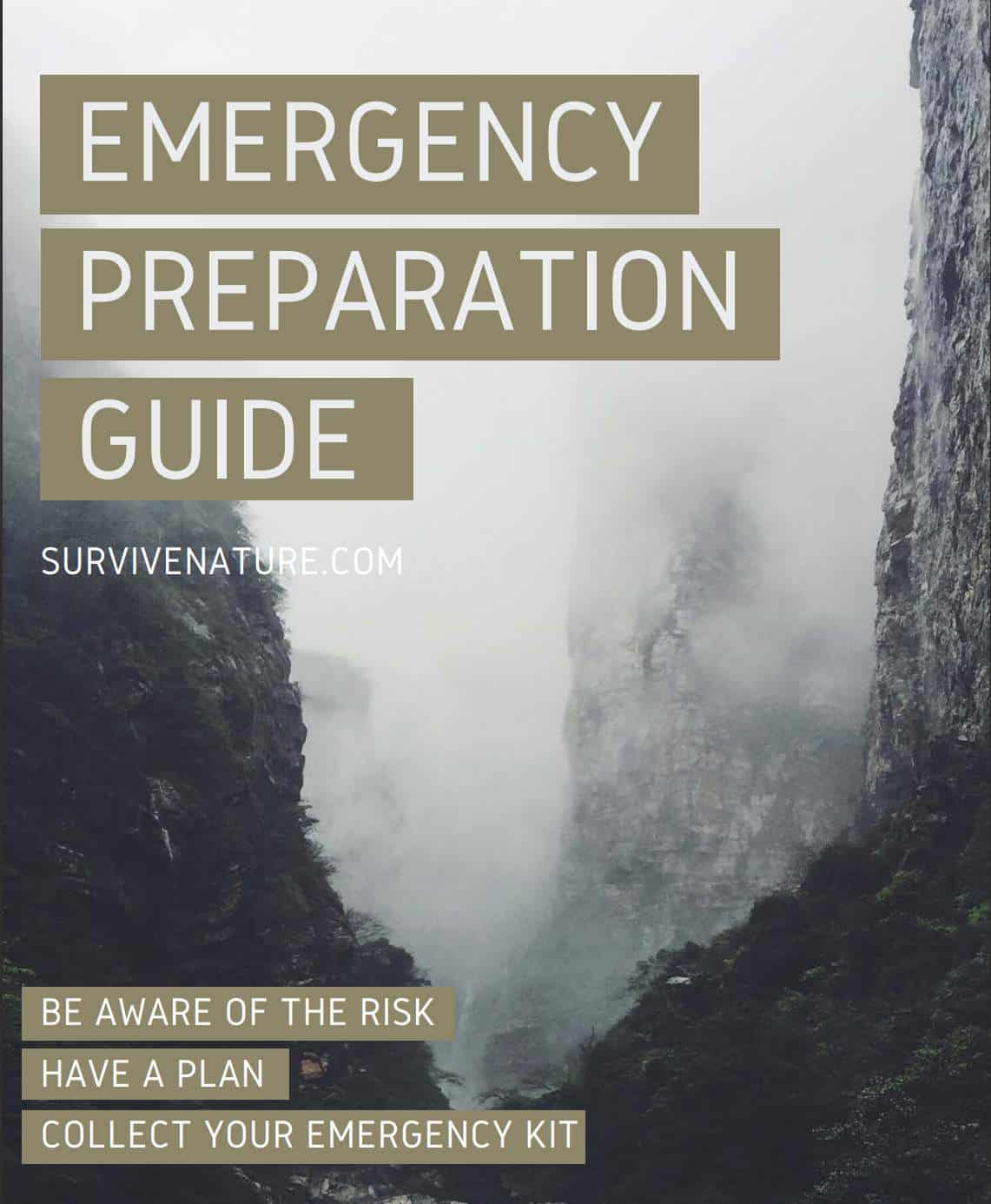Our modern life, as of 2023, can seem calm and predictable, but this impression is rather deceiving. Nobody knows what will happen tomorrow. Everything is possible — from nuclear war to a global natural catastrophe. Maybe, very soon, we’ll need to escape quickly from the cities and try to survive in a post-apocalyptic wilderness. And, of course, we cannot leave our kids alone in danger. If something like that happens, we must take them with us. And for this, we need to have not only our own adult bug-out bags with all necessary emergency supplies but also children’s ones.
Why make bug-out bags for children?
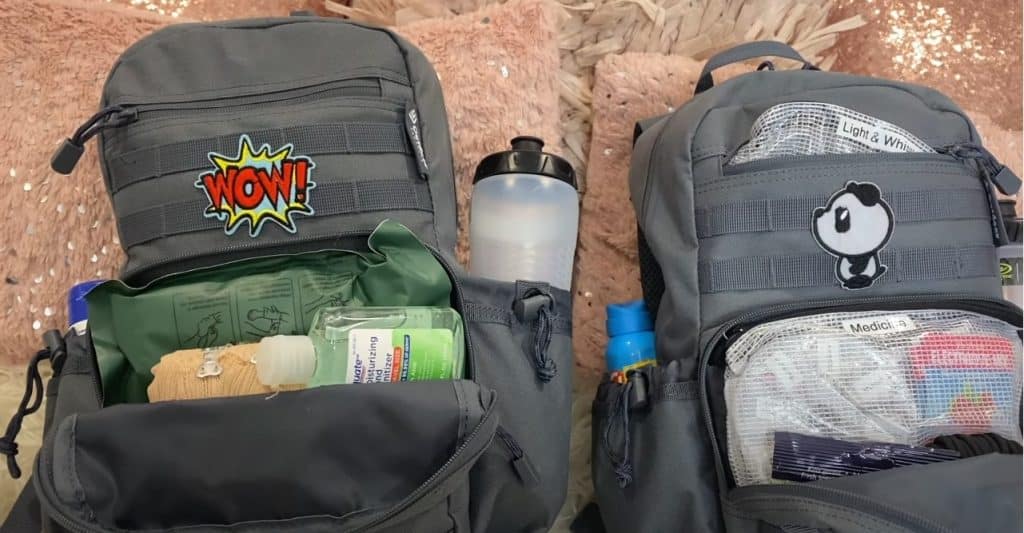
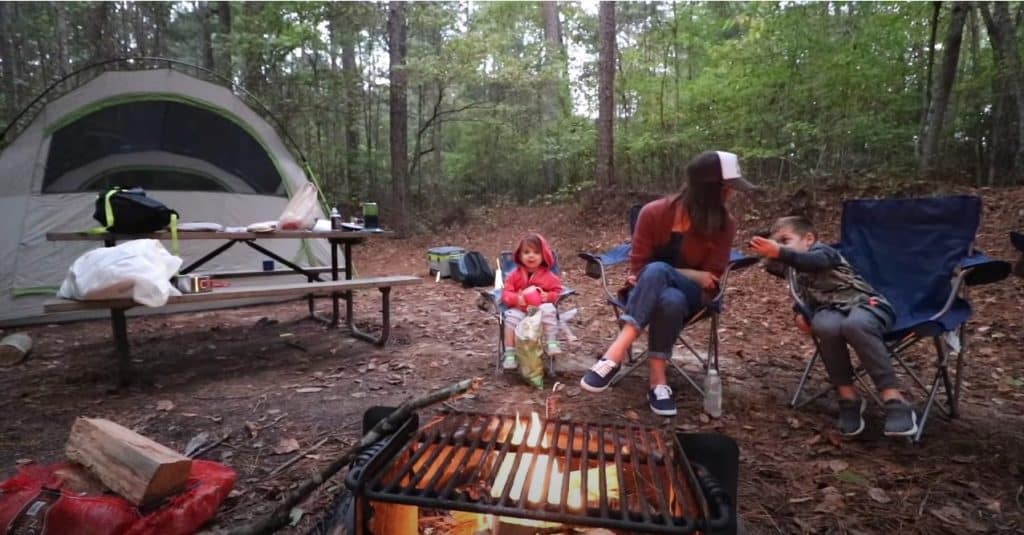
A kid’s bug-out bag has yet another advantage. When they are apart from you — for example, staying with other family members — and an emergency situation happens, they obviously won’t have access to your bug-out bag. It means that to survive, they’ll need to have their own one.
How to bug out with kids?
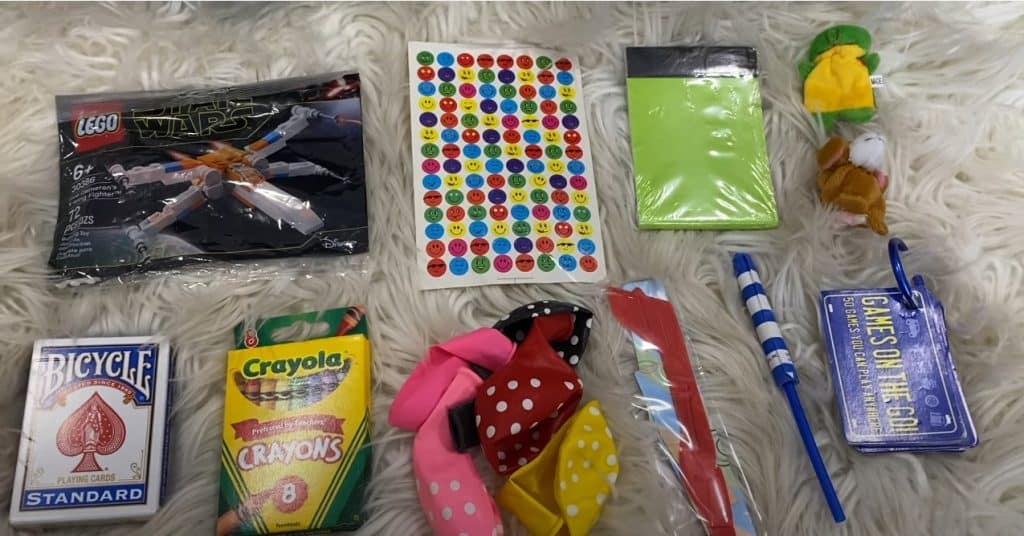
In addition to that, you’ll need to take into account the age of your kids. Toddlers and teenagers have radically different needs, and thus, bug-out kits for them also have to be very different. In this article, we’ll cover the main necessities of all age groups of children.
Bug-out bag for babies and toddlers
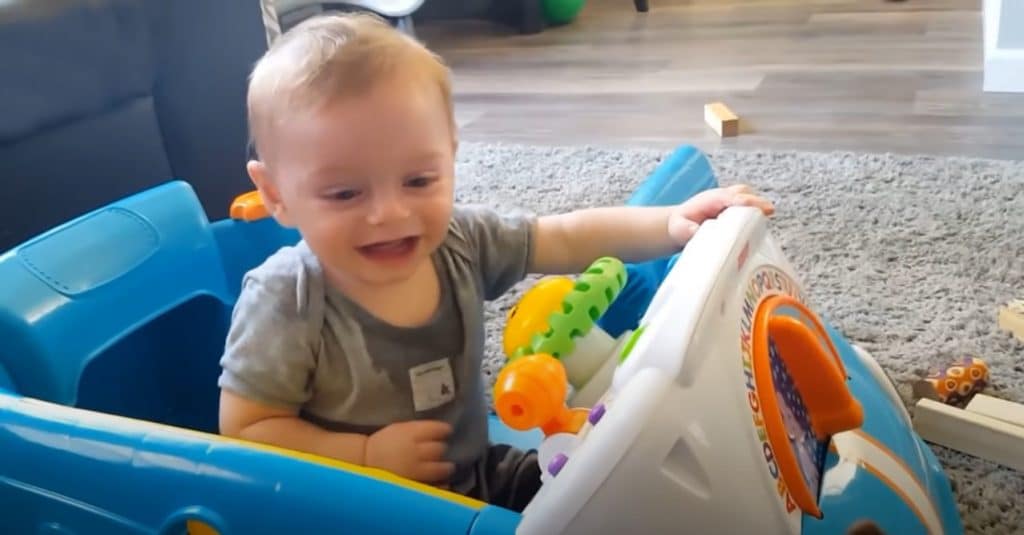
If you have a toddler or a little baby, the first thing you’ll need to take is diapers — both disposable and cloth ones. When bugging out, you won’t always have time and conditions to wash a cloth diaper; that’s why you need a diaper bag with disposable ones. But, on the other hand, cloth diapers are also necessary because even a large pack of them isn’t endless, and you’ll run out of them sooner or later.
Also, you should take a dry formula — even if you breastfeed your child. An emergency in which you need to leave your home is always heavy stress, and stresses can diminish or even completely stop breast milk production. So, dry baby formula is a must.
To feed the baby, you should also take some well-sterilized bottles. They shouldn’t have any crevasses which are difficult to wash. Their cleaning should be as easy as possible. A great example is Comotomo baby bottles. They’re incredibly easy to clean — you’ll need only a special wipe or some hot water.
One of the most necessary things is, of course, clothes for your children. It would be better if you took not only the stuff your kids are wearing at the moment, but also bigger clothes — because children grow very rapidly, and it’s possible that you won’t return home for a very long time.
The next thing you’ll need is a diaper pin. But it will be necessary not only for securing baby diapers but for one more purpose: with its help, you can make a baby wrap to carry the child on your back. It can be really convenient in some situations.
Another important thing to include in a kids’ bug-out bag is a warm blanket or a sleeping bag. There’s a high possibility that you’ll have to live in the open air or someplace without electrical power (for example, a shelter). So, having a blanket to warm your child during nighttime or cold weather is compulsory.
Cleaning wipes are vital for a bug-out too. But you don’t need to take a large cardboard pack. The space in your child’s bag is limited, and you should spend it wisely. A medium-sized pack of antibacterial wipes will be more than enough.
A bug-out bag for babies won’t be complete without a pacifier. Of course, not all parents use it, but when you’re on the run, there might be situations when you’ll need to keep your baby quiet (for example, when you’re in a forest and there can be wolves or bears nearby). In such situations, a pacifier really can save the lives of both you and your child.
Also, you shouldn’t forget about various lotions and ointments. The skin of little babies is extremely sensitive and needs to be protected carefully. They can easily get sunburns, rashes, allergies, and so on. So, it’s important to take baby powder, anti-rash cream, and sunscreen. Also, it would be useful to take a child shampoo or a lotion for washing the body. Johnson & Johnson shea butter would be great for this.
A baby carrier is also irreplaceable for your bag. When trying to survive during a disaster situation, you won’t use a stroller, will you? So, you’ll need to carry your baby in a special wrap. It can be truly universal, fitting a wide range of baby sizes and ages. If the situation is too dire and you will be on the run for a really long period, the best variant is a backpack designed for carrying a baby.
Anf, of course, you can’t do without baby food and snacks. Take food with a long shelf life, so it won’t get spoiled too soon, for example, cheerios. But soft fruit and baby purees are also good choices. In case you have a toddler, not a little baby, take into account your child’s tastes.
Bug-out bag for older children (from 4 to 12 years)
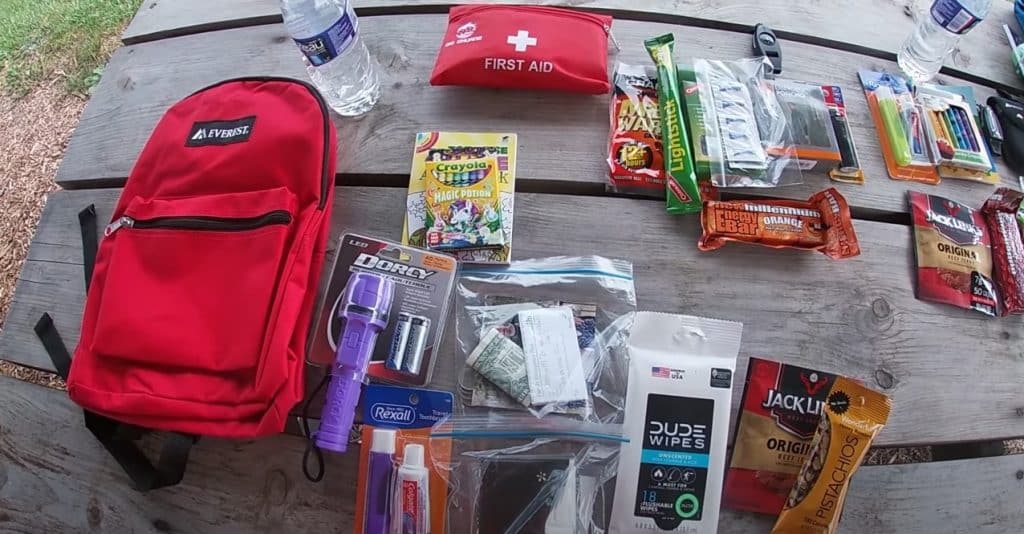
If your kid is not a toddler anymore, the bug-out bag should be a bit different. There will be a number of things that babies and toddlers don’t need, and vice versa, many things that are vital for them are completely unnecessary for older children. But there are some things in common, too.
Firstly, you’ll need seasonal clothes. To protect your child from rain, take a light waterproof jacket. In case of winter cold, put extra socks and warm underwear. For summer heat, you’ll need breathable kids’ clothing which can be worn both during daytime and nighttime — for example, zip-off pants. The clothes and even socks shouldn’t be bright, because you and your kids will probably need to hide and be as unnoticeable as possible.
But clothing will be incomplete without shoes. They must be comfortable, durable, and waterproof. Ordinary sneakers aren’t suitable for bugging out, because they are not rugged enough. They should be specially designed for survival or at least long hiking. For winter, your kid will need warmer footwear, so you should have it, too.
Also, you shouldn’t underestimate the value of things like coloring books and toys. They may seem unnecessary, but in reality, they’re also essential items for bugging out with kids. It’s vital to keep small children entertained in harsh times, distract them from all the hardships and let them have at least some fun. Toys should be small-sized and shouldn’t have any batteries, and books should also be small and lightweight. A thin, compact coloring book would be a great variant.
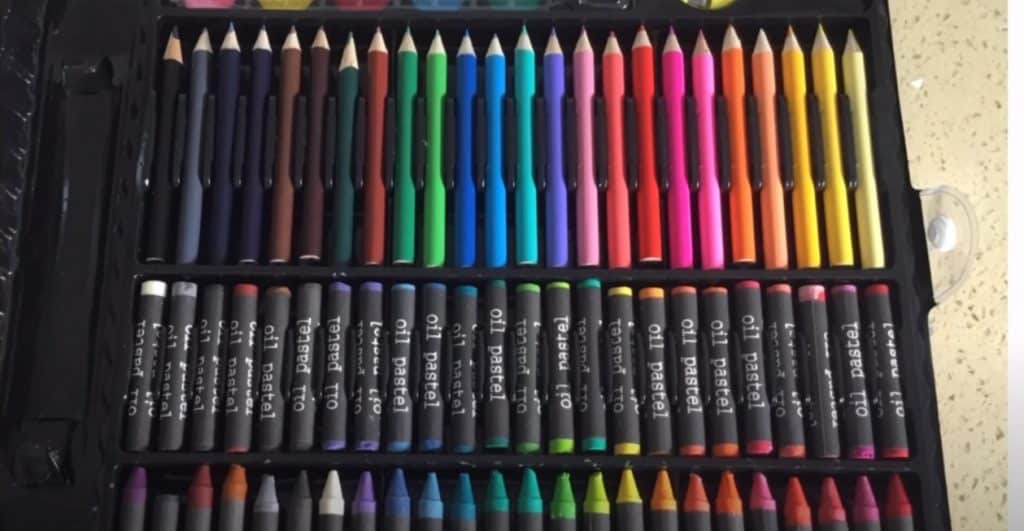
In addition to books and toys, it’s necessary to take comfort items in the bugout bag. At the age of 4-12, children already can be aware of stressful situations. So, they’ll feel the stress and anxiety too. That’s why you should put some of their favorite things into the child’s bug-out bag — for instance, their beloved plush toy, blanket, or whatever will keep the kid comforted.
Of course, taking your kid’s favorite stuffed animal is great, but you’ll also need to keep the child physically healthy. For this, you should take a pack of multivitamins. There won’t always be a chance to give your kid healthy food during the bugging out, so it’s vital to take all the necessary vitamins and microelements to compensate for it.
But there’s also one important thing that can literally save the life of your kid. It’s an emergency whistle. Because of their natural curiosity, children can run away too far if you stop looking at them only for a moment. And it’s no need to say that this can be extremely dangerous. They can be lost in a forest or somewhere else, and it’ll be super difficult to find them. So, you’ll need to take a special survival whistle. Remember that it should be a real emergency whistle, not a toy one. Toy whistles are usually too quiet to be heard from a long distance.
Bug-out bag for teens

Variety of options for kids
Here is the list of the most valuable items for kids in bug-out-bag situations:
We’ve already mentioned that teens are grown up enough to use “adult” survival items like knives and multitools. So, why not put a multi-tool or a pocket-sized knife in a teen bug-out bag, so your teenage kid could help you in some tasks and be more self-sufficient? Also, it can give teens a great possibility to defend themselves if needed. But those tools need to have some degree of safety and not be too dangerous. Great variants would be a leatherman and a swiss army pocket knife.
As for fire starters, most teenagers can be perfectly able to use these survival tools — they just need to be taught a little. If they learn to do it, they’ll get the priceless ability to start a fire, keep warm and cook food all by themselves.
When we talked about bug-out bags for a younger child, we mentioned kids’ clothing. It’s obvious that a teen needs good clothes too. A great choice would be a 3 in 1 rain poncho. As you can see from its name, it’s a universal and multifunctional item. Such a poncho can serve as a tarp, a mat, and a waterproof anti-rain jacket. Thus, it’s truly irreplaceable in every teen’s bug-out bag. Thanks to its waterproofness, it can be great protection from rainy and stormy weather. If it’s camouflage-colored, it’s even better — because it will make the teen much more unnoticeable. Also, many such ponchos are extremely affordable.

The next thing is, of course, a first aid kit. Which bug-out bag can exist without it? If it doesn’t have a kit of first aid, it simply can be called a true survival bag. This kit should include such vital items as antiseptic, a pack of band-aids, and iodine. But it’s not enough just to stick it into the bag — you should explain to your kid what every item is for and then check if they’ve learned it well.
Another thing your teen should learn is how to navigate using a map and a compass. A good idea would be to train this vital skill in your backyard or nearby places. And then, pack those items in your teen’s own bug-out bag, and they are one of the most important things there. A very convenient solution is a paracord bracelet with a compass — and besides its usefulness, it also looks cool!
Just like younger kids, teenagers will need a warm emergency blanket. But unlike them, most teens can carry it themselves in their own bug-out bags — they’re able to carry a weight almost equal to their own. Of course, firstly they’ll be displaced about carrying gear, but they’ll get used to it rather quickly, especially if the blanket is not too big and heavy. We would recommend a Mylar blanket — it is very good protection from cold and moisture, and also can be carried very comfortably.
Fast nutrition products are essential too. Teens’ organisms are growing quickly, so they require lots of calories, vitamins, and microelements. Regular snack bars are not enough to cover their needs. Army-style Calorie Tabs or Ration Packs are a much better variant. They contain all the necessary nutrients to keep a teen strong and healthy.
The right way to pack a child’s bug-out bag

In case you think of attaching anything to the bag from the outside (for example, with a paracord) — never ever try to do it. It can untie, fall off, or simply draw somebody’s unnecessary attention to your bag.
Also, don’t overload your kid’s bug-out bag with too much stuff. Even if they seem to be eager to carry many things, believe us — soon they’ll get very tired.
How to teach survival basics to a child?

The first tip is to play games with them. There’s a great choice of survival-themed tabletop games, and they are very different. An amazing example is a game named Pandemic. It is great for children five years and older. If your kid prefers video games to tabletop ones, that’s great too — because there are plenty of video game titles about survival. Just try to choose from the more realistic ones, since, unfortunately, not all survival games are accurate enough. If you choose a really good game, you and your child can combine useful learning with lots of fun!
The next thing we can advise you is to watch TV or YouTube. You can find a lot of shows and films dedicated to survival. But there’s the same problem as with games: you’ll need to pick accurate and realistic ones, not just action-filled blockbusters which tend to portray lots of aspects terribly wrong.
Here are several examples of survival shows worth watching:
- Building Off the Grid;
- Homestead Rescue;
- Mountain Men (can be watched on YouTube);
- Frontier;
- Pioneer Quest (can be watched on YouTube);
- And many others.
But it’s not the best thing to limit yourself to games and TV shows. It’s fine as the beginner stages, but eventually, you’ll need to move on to more practical training. Take your kid to nature, for example, a forest, and train some useful survival skills with them. Also, it would be great to turn survival prepping (or, at least, any part of it) into a hobby that you’ll share with your kid.
An even more efficient way is to volunteer. There are many places in which you can volunteer with kids, and which are also connected to survivalism in one way or another.
If your children are teens or preteens, you can ask them to help in preparing the bag. As we’ve already written, it can help greatly too. While packing the kids bug out bag together, ask them why you take this or that item, and how (as they guess) those things should be used.
When is it better to start teaching your kids how to survive? The answer is as soon as possible. So, if a disaster happens, they would be confident, calm, and know what to do.
How to choose a backpack?
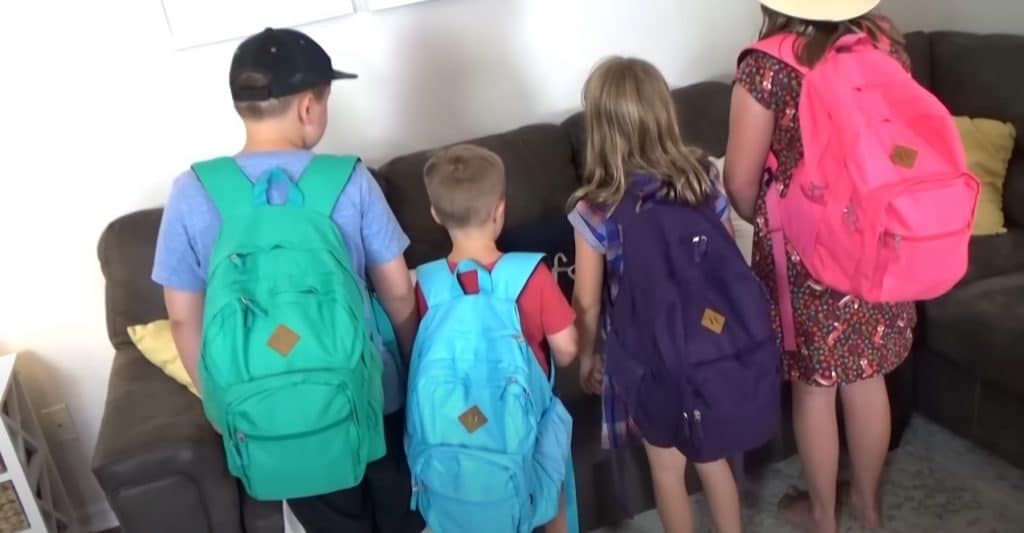
It goes without saying that any backpack for kids should have the appropriate size, be comfortable and easy to carry. Some people think that it also should be bright colored and even have cartoon characters on it, like a school backpack. That’s the type of bags kids are more emotionally attached to. Also, a bright bag will prevent your kid from getting lost — you will easily see this colorful spot and know where the child is. But this advantage is also a great downside — it may draw attention. your kid will be noticeable not only for you but also for everybody else. It can be very dangerous in case you need to hide.
The size of a backpack depends on the child’s age. Smaller kids need smaller bags, and for a preteen or a teen, the bag needs to be larger. As the child grows, you’ll need to update the bag. A great idea is to present a new one as a birthday gift or a reward for an accomplishment, for example, a well passed school exam. So, which bags would we recommend for children bugging out? Probably, this one. And also this.
What to consider when packing a kids bug-out bag?
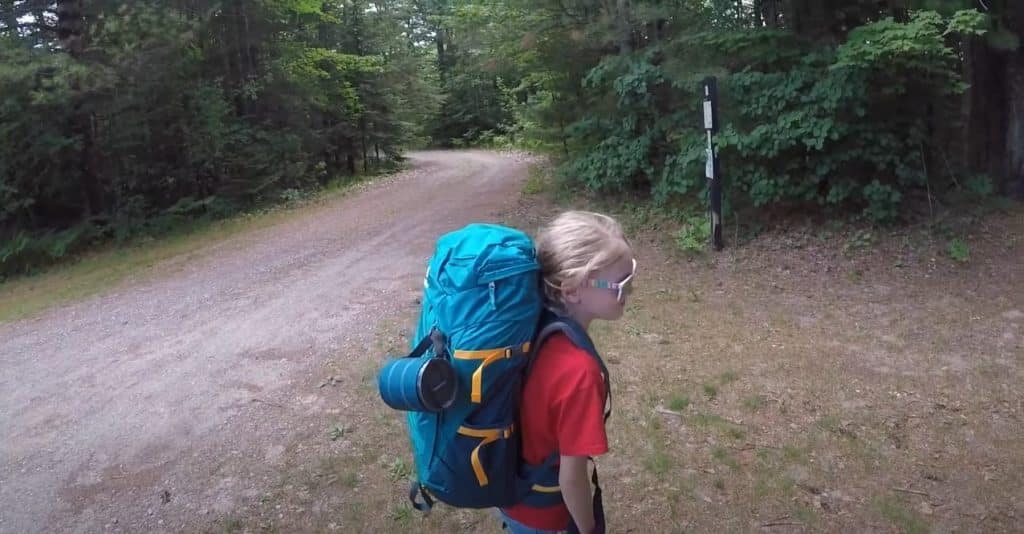
First of all, it’s age, Physical fitness, and strength of your kid. As we’ve already said, younger children aren’t able to carry as much weight as older ones, so their bug-out bags should be lighter and smaller.
Another important factor is your kid’s health. If the child has any medical conditions, you’ll have to include special things — for example, Epi-Pens, inhalers, or pills. In case your kid is on the autistic spectrum, you should be extremely attentive to this recommendation since these children’s states can depend immensely on their necessary items.
Emotional maturity also matters greatly. Contrary to what some people may think, it doesn’t always overlap with physical age. Just as older teens can be childish and immature, young kids can be calm, smart, and responsible. This factor will influence the number of stuffed animals and other comfort items they’ll require, how independently they’ll be able to behave and whether they’ll be able to help you in doing various survival tasks such as preparing food.
Also, an extremely important factor is your child’s mobility. Typically, the older kids are, the more mobile they can be. Babies and toddlers cannot carry bags themselves yet, so in case you have a baby, bugging out can be a bit more difficult — you’ll probably need to carry both bags and also your child somehow. Also, it can be tricky if your kid uses a wheelchair or is physically disabled in some other way. In those cases, you’ll need to plan everything extra carefully and thoroughly.
Conclusion
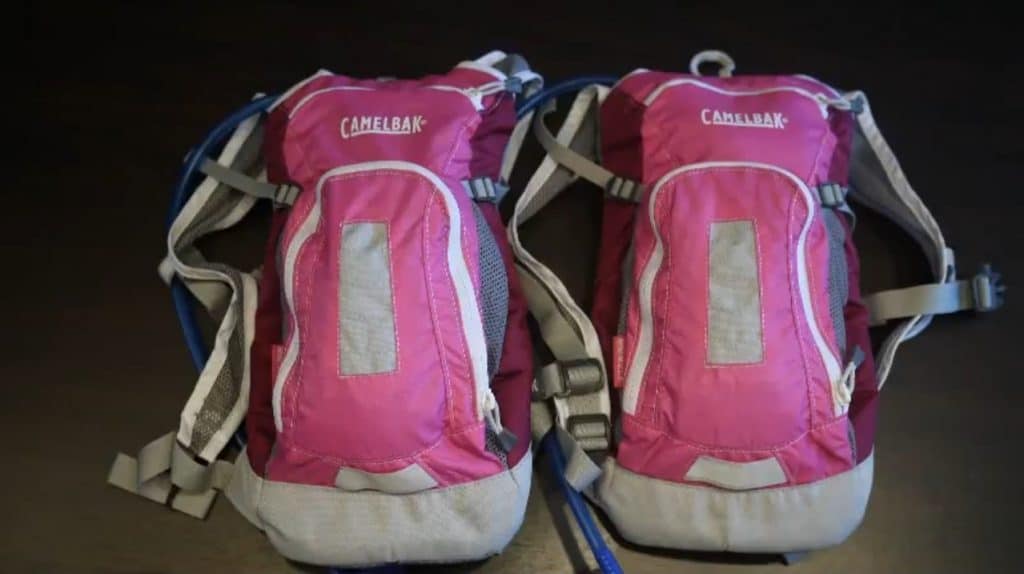
Frequently Asked Questions — FAQ
What do you put in a kids bug-out bag?
Lots of things, from diapers to a multifunctional poncho. In this article, we’ve described the main necessities that you should put into the bug out bag of your child, and main factors that you’ll need to pay attention to (for example, the age or health conditions of the kid). All this information is too extensive to repeat here, so we recommend you to read the full article.
What should be in a family go bag?
A bug out bag for the whole family should include many important things – for example, a large tent, cookware, sleeping bags, toilet paper, a family-sized first aid kit and lots of other top-priority items.
How to build a bug-out bag for your kids?
In case your kids are mature enough, ask them to help you with packing the bag. During the packing process, talk with them about items that you put into the bag. Ask questions about those items and let the kids guess. Try to make the packing as interesting and informative as you can. Don’t just sit and pack the bag on your own – involve the kids as much as possible.

